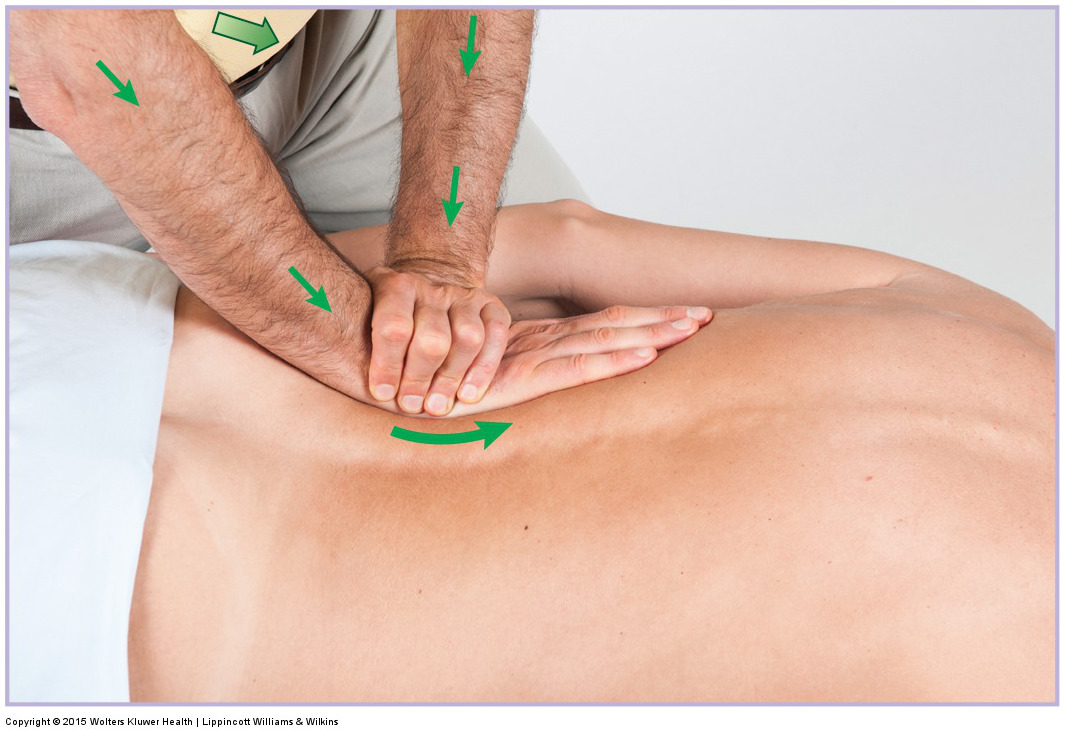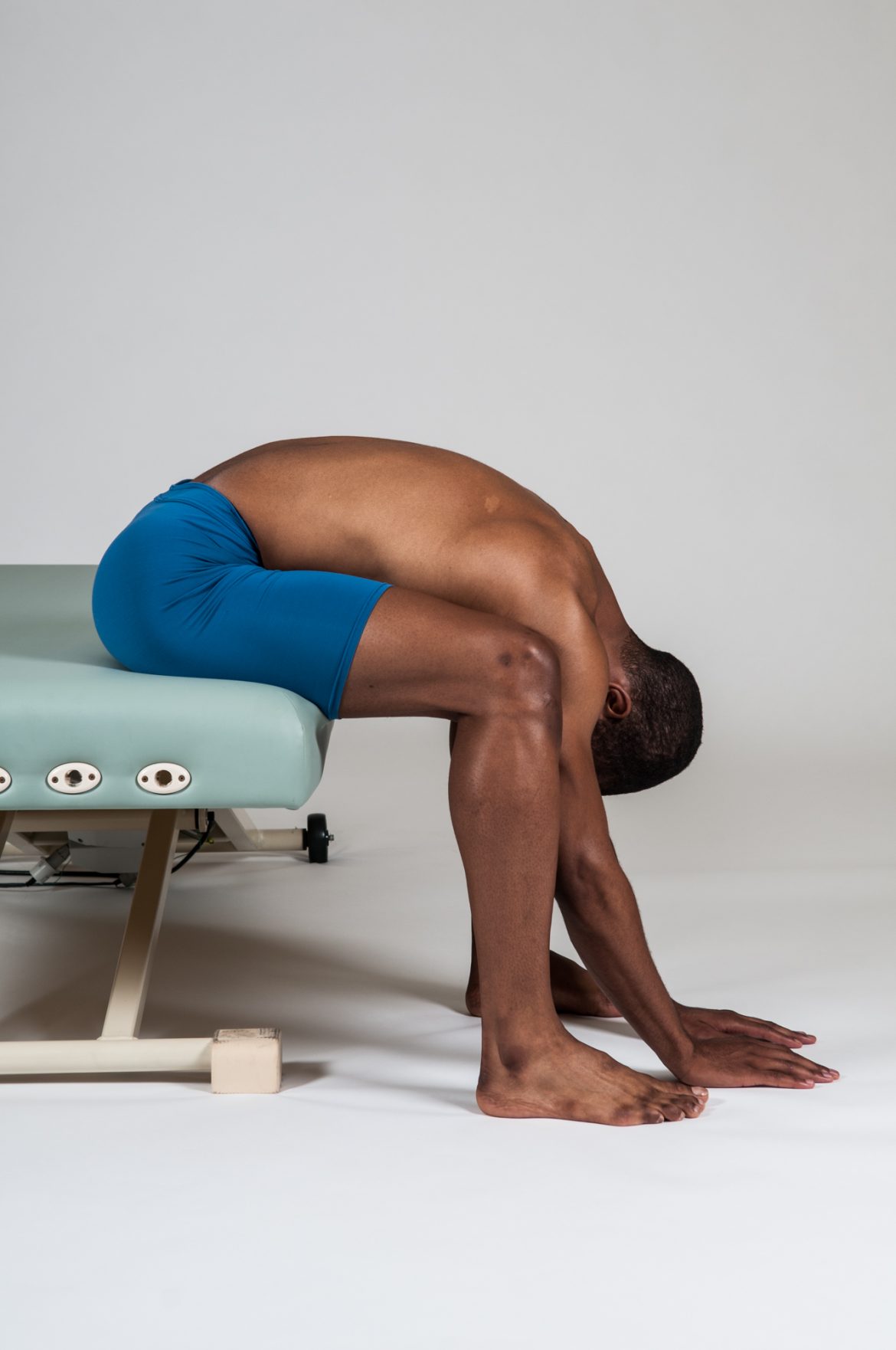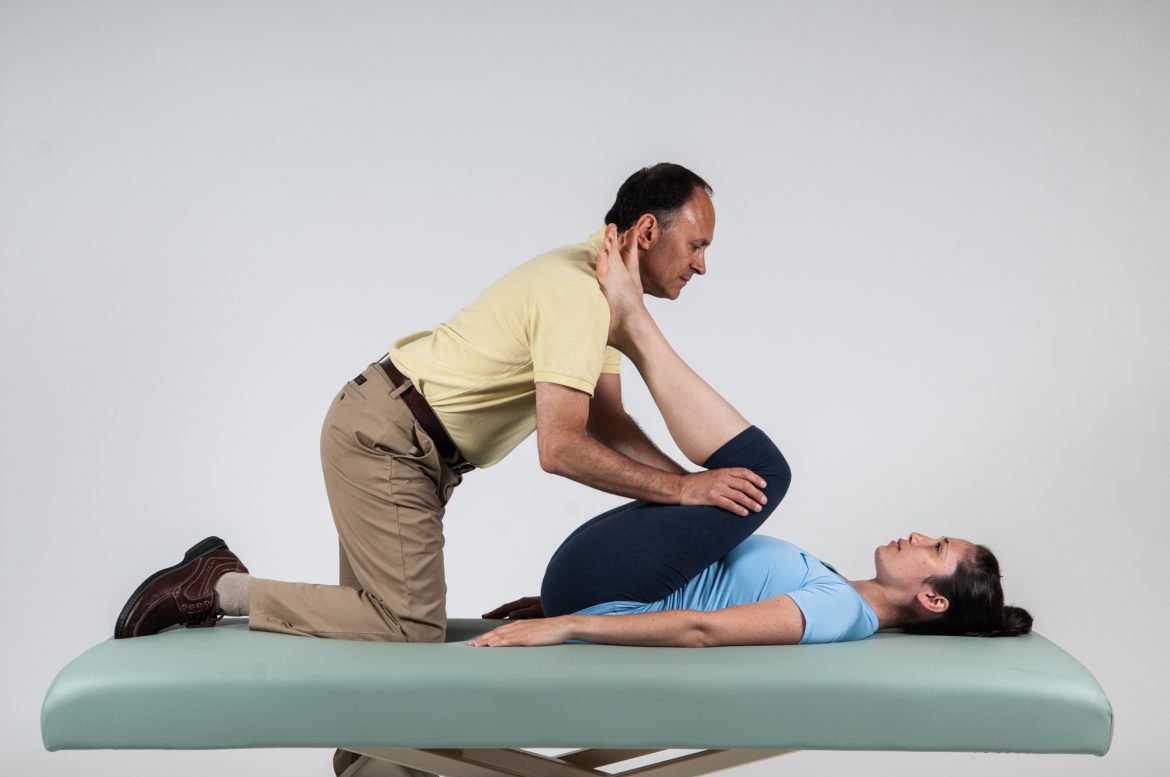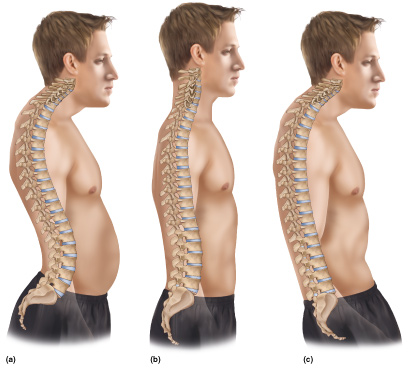Manual therapy case study: Kori is a 30-year-old store clerk how works at a high-end clothing store. Her low back has been tight for as long as she can remember, but she never had any pain until recently. The pain …
What are the self-care and medical approaches to lower crossed syndrome?
Self-care for the client/patient: When working with a client/patient for the treatment of lower crossed syndrome, the importance of client self-care is critical. First, the client must be advised to avoid collapsing into the lower crossed rounded posture as much …
How do we treat lower crossed syndrome with manual therapy?
Manual therapy treatment: Given that lower crossed syndrome does not cause pain in the early stages, clients/patients often do not present for treatment until this condition is very chronic and progressed, and therefore stubborn and resistant to treatment. However, if …
What are the signs and symptoms of and how do we assess (diagnose) Lower Crossed Syndrome?
Signs and symptoms: The first and most obvious sign of lower crossed syndrome is the characteristic postural dysfunction of increased anterior pelvic tilt with hyperlordotic lumbar spine. Upon palpation, the following muscles will most likely be found to be tight: …




